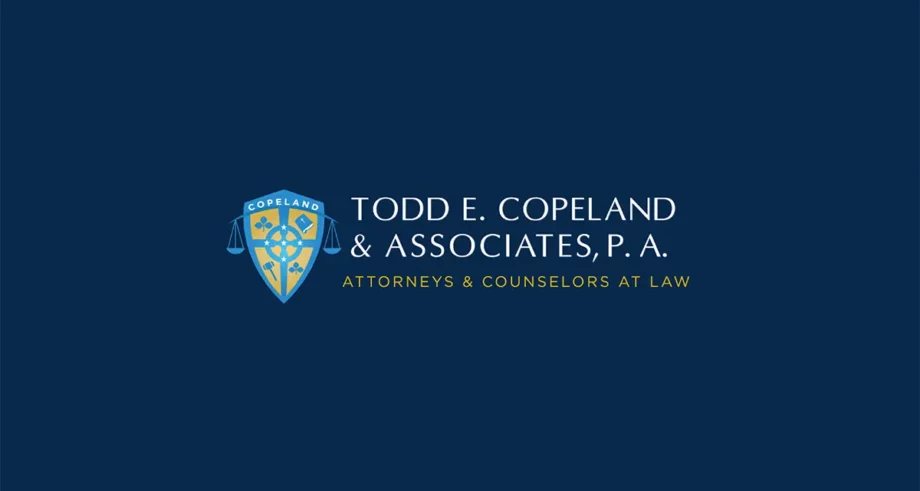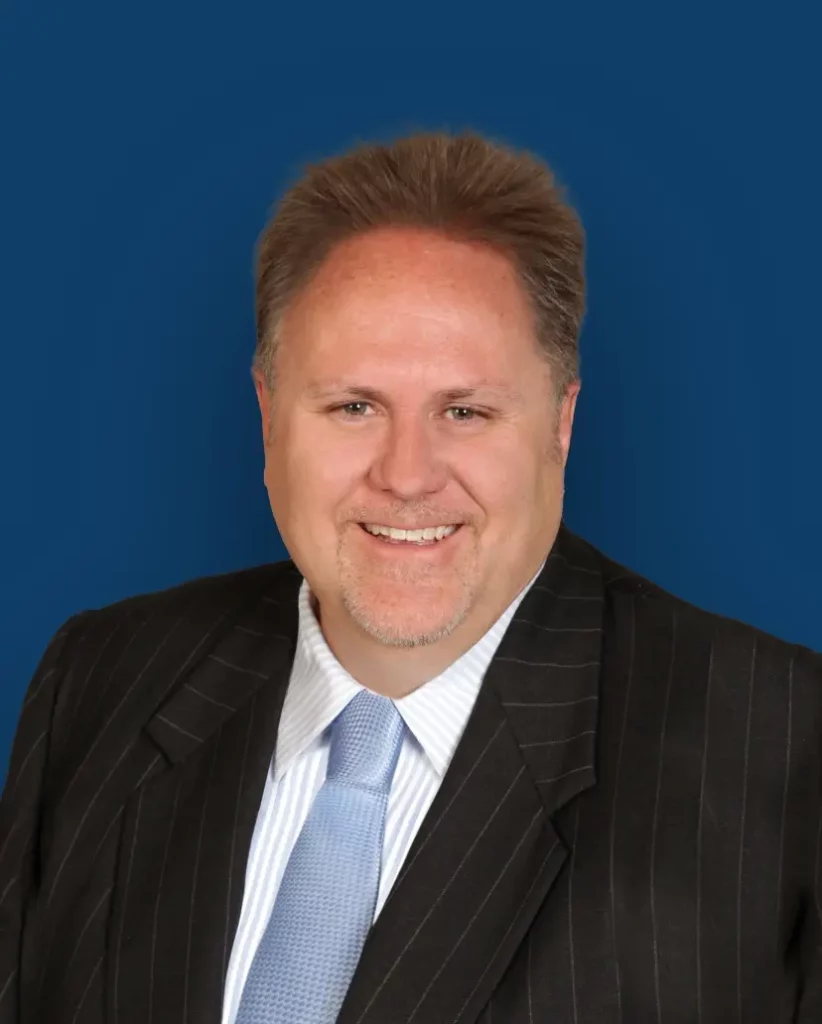(To read the first part of this article, please read Dealing with Sports Concussions part 1 )

Perhaps more than any other types of injury, concussions and traumatic brain injuries are open to considerable lack of understanding and misdiagnosis, at least in the earliest – and most treatable – stages. Part of that is due to an evolving and ever-changing understanding of the brain and its complex functions
Over 5.3 million Americans have lifelong disabilities as the result of concussions and traumatic brain injuries, which have linked with an increased risk of strokes, mood disorders, epilepsy, substance abuse and even Alzheimer’s disease (AD), according to the Brain Trauma Foundation. But despite those numbers, there are still a lot of myths regarding concussions – myths which could potentially result in a delay of critical care. Here are four of the most common misconceptions:
Myth 1: You can only suffer a concussion if you’ve experienced a violent hit on the head.
In fact, concussions can happen even when your head is not hit; they can occur when the impact of a body blow causes your head or neck to snap abruptly or when impact to your body is “translated” upward into the brain. Shaken baby syndrome is a prime example of how concussion and traumatic brain injury can occur without any direct impact to the head.
Myth 2: If you don’t lose consciousness, your injury isn’t severe.
Many people suffer concussions without ever losing consciousness or becoming confused. In fact, the American Association of Neurological Surgeons reports that “In most cases, a person with a concussion never loses consciousness.”
Myth 3: Today’s state-of-the-art equipment makes concussions a near impossibility.
While advances in equipment have helped decrease the risk of specific types of concussions in some sports, millions of sports-related concussions still occur each year in the U.S.
Myth 4: If you feel fine after an impact, you don’t have a concussion.
The effects of many concussions don’t become evident until hours, days or weeks after the initial injury; following a concussion, you may feel no initial ill effects. These are so-called hidden concussions.
What are “hidden concussions”?
While some sports-related concussions can be readily diagnosed using MRIs, CAT scans or other diagnostic methods, the effects of other concussions may not be readily apparent on medical examination, and in some cases can take weeks or even months to appear. These are the so-called hidden concussions, and they can have serious health effects, even causing sudden death.
Concussions don’t discriminate between athletes on organized sports teams and those who compete in personal athletics like motocross and waterskiing. For that reason, any athlete – even amateur athletes and weekend warriors – who suffers an impact injury should be evaluated by a medical team and observed for a long period of time to monitor for symptoms that may indicate potential injury.
Second impact injuries
Hidden concussions can also play a role in second impact injuries, which are defined as re-injuries to the head that occur before healing and recovery from an earlier injury has occurred. So, for instance, if a child or adult experiences a concussion – even when no injury appears to have occurred as a result of the concussion – if a second concussion occurs while the brain is still in recovery mode, a second impact injury can occur. Medically, it’s defined like this: “If, within several weeks, the athlete returns to play and sustains a second head injury, diffuse cerebral swelling, brain herniation, and death can occur.” The same source adds that even young, healthy patients may die within a few minutes of a second injury.
School athletes who participate in contact sports are especially susceptible to second impact injuries. A study conducted by researchers at Montreal’s McGill University found that athletes who suffer an initial concussion are four to six times more likely to sustain a second concussion.
Like hidden concussions, the risk of second impact injury is not always well understood, and healthcare personnel and coaches may fail to take precautions against re-injury, including failing to counsel the athlete, or in the case of a student athlete, his or her parents. The result: Many athletes return to their sport or activity long before they should.
The real cost of concussion injuries
According to ResearchAmerica.org, although the average cost of treating traumatic brain injury is about $85,000, costs can vary substantially from patient to patient, often adding up to millions of dollars over a lifetime.
These expenses include not only medical care to treat the local injuries to the brain, skull and spinal cord, but also ongoing therapy for speech or motor skills impairment that occur as a result of the injury.
For many people, the costs of caring for an individual with a concussion-related brain injury are problematic; even at the low end of the scale, costs associated with medical care and ongoing rehabilitation can be substantial, causing significant financial hardship to the athlete and his or her family.
Aside from medical and therapeutic care, there are other injury-related costs that can have an impact on an athlete for the rest of his or her life. For instance, depending upon the severity of the injury and the extent and duration of damage, there may be a loss of income or opportunity that can persist for months, years – even a lifetime.
Many injured athletes and their families and loved ones turn to litigation to find compensation for their injuries, but once again, the process can be long and complicated. Most sports-related injuries involve multiple responsible parties, including schools, municipalities, parks and recreation departments, safety equipment manufacturers, sports equipment manufacturers, coaches and trainers, emergency medical services, ER personnel, healthcare providers and hospitals. Determining who is at fault as well as their burden of responsibility takes a skilled attorney with experience and resources to sort through testimony and develop a substantiated case that strongly represents the interests of the injured person.
Getting help
In addition to proper and ongoing medical care and evaluation, athletes who suffer from concussion injuries also need an attorney on their side who understands their needs and is committed to understanding the unique aspects of their case. At Todd Copeland & Associates, we help our clients get the compensation they need and deserve so the impact of their injury doesn’t destroy their lives or the lives of their loved ones. Learn more about who we are and what we do by visiting our site or calling us at 888.999.9149 to schedule a free, no-obligation consultation and learn how we can help you.
